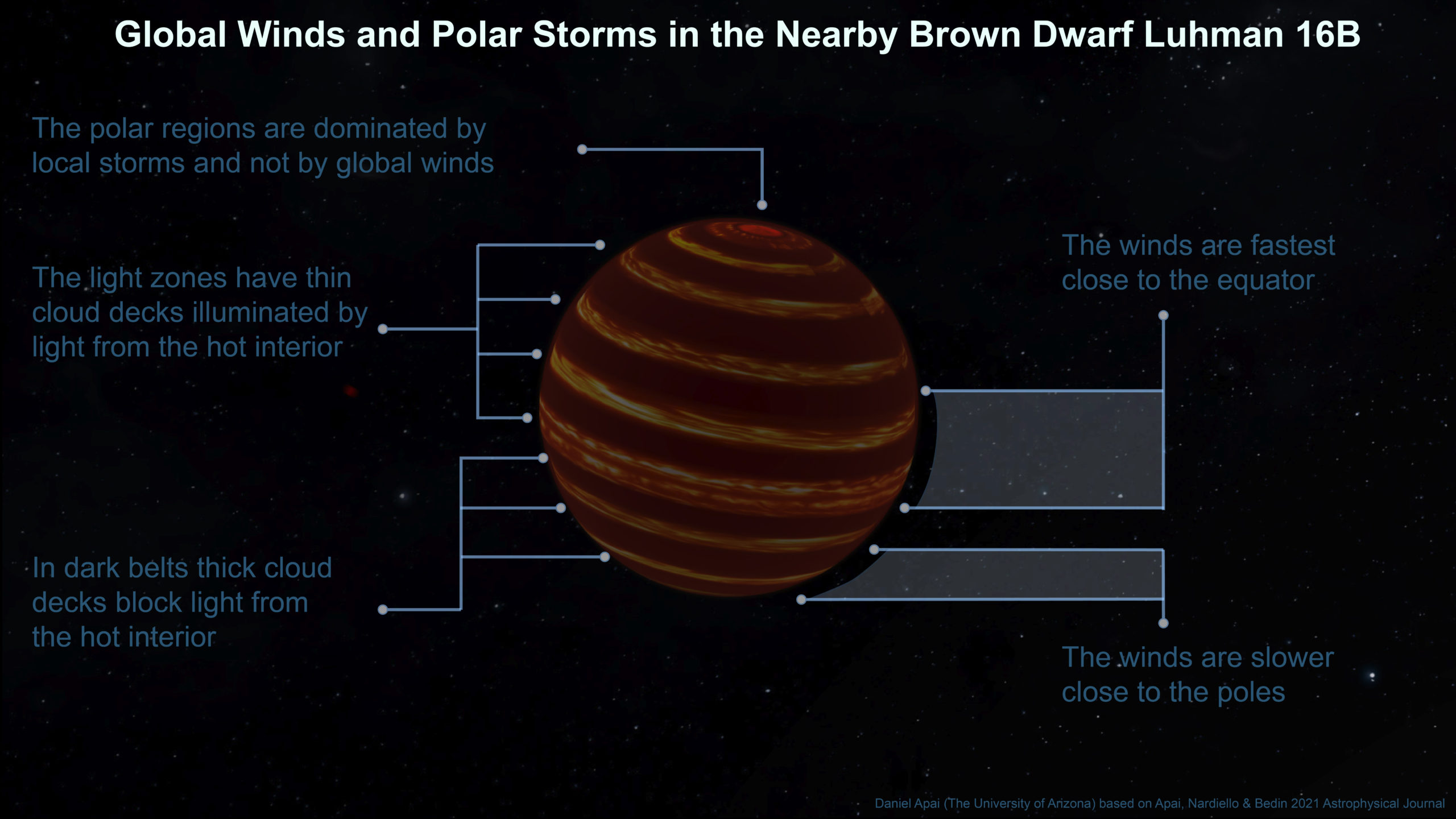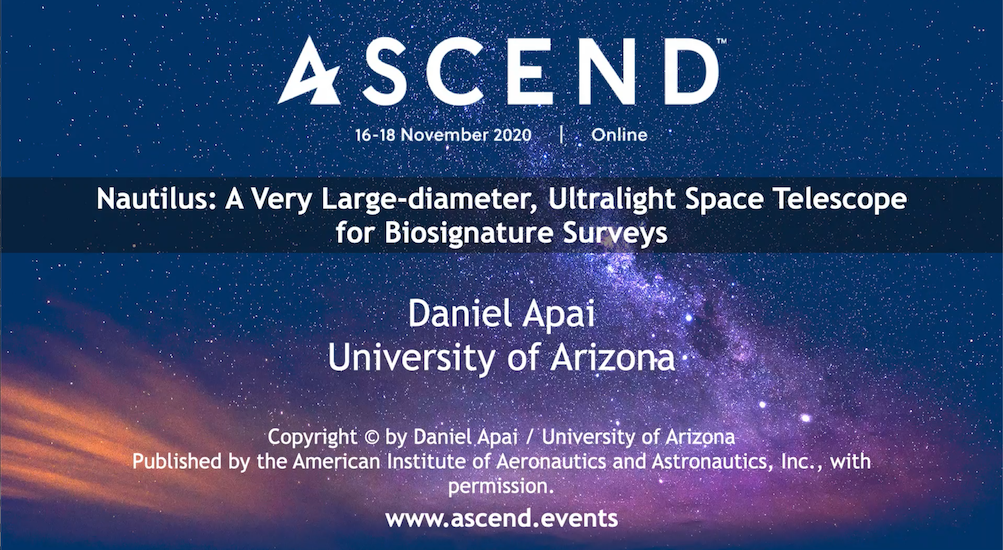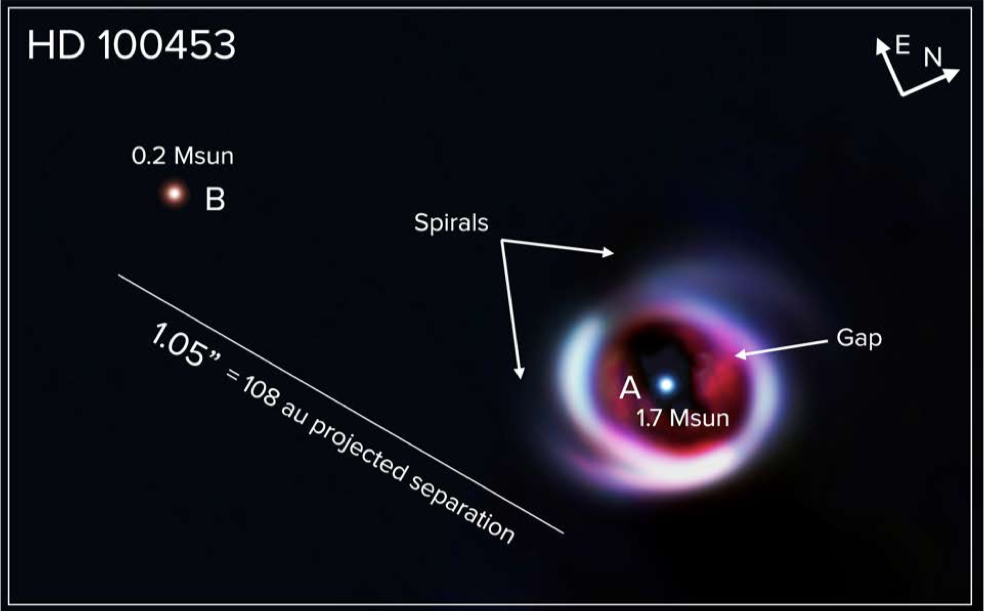Our exciting new results on TESS observations of the atmospheric dynamics of the closest brown dwarfs are out! Here is a link to the Astrophysical Journal paper that describes the findings. Thanks to Mimmo Nardiello’s mastery of the TESS data, we could present an amazing rich lightcurve on the closest brown dwarf system to the…




